The circular economic model has been applied in many areas of agricultural production, but mostly on a small scale and on a small scale. The livestock sector has a very large herd: more than 370 thousand pigs; 36 thousand buffaloes and cows; nearly 9 million poultry, but the treatment of livestock waste to serve as fertilizer for crops is still very little, only applied in some models focusing on main subjects such as cows, chickens...
Specifically, raising dairy cows or beef cattle in the direction of farms, accounting for about 20% of the total herd, the source of waste is collected and used to fertilize grass and corn as green food. Or raising laying hens and meat chickens in households, concentrated farms in closed cages, about 20 - 30% of the total herd, waste is treated with biological bedding collected and sold to fruit growing areas in the province... Pig farming has a very large amount of waste, but the rate of application according to the circular economy is low, only a few small households apply it spontaneously. Mr. Pham Van Loan's household, village 4, Chinh Ly commune (Ly Nhan) has an area of over 1 hectare of longan trees, with 200 trees. Mr. Loan applies production according to the circular economy model by building an 80m3 tank and a pipeline to utilize the source of pig farming waste from neighboring households to fertilize the fruit garden. Mr. Loan said: Basically, the amount of fertilizer for the family's longan growing area is taken from pig waste, which helps reduce production costs. The quality of longan products from using organic fertilizer is increased, the consumption price is often 10% higher than outside. In the area, only my family applies the exploitation of livestock waste at the local farm as fertilizer.
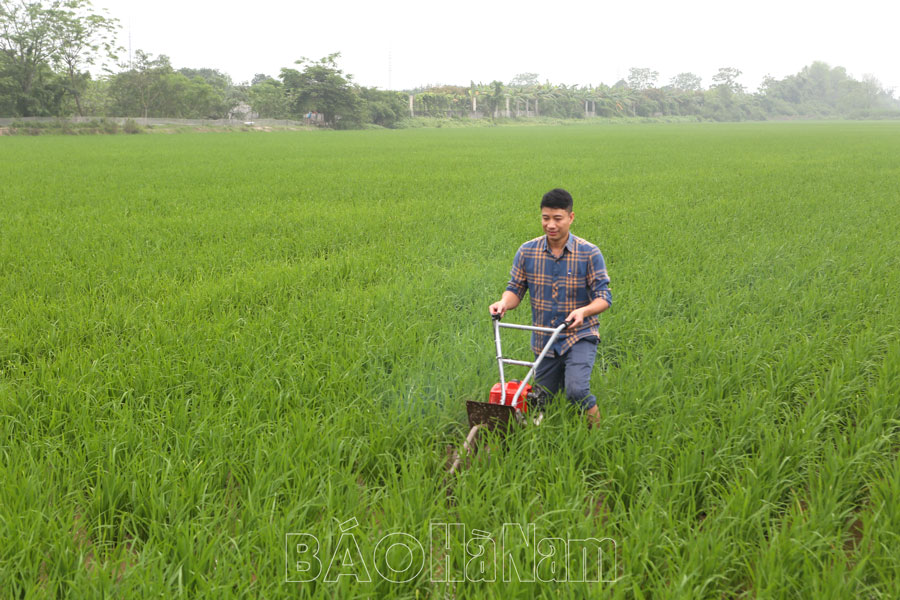
Our province currently has more than 26 thousand hectares of rice production, the amount of by-products is a large source of straw, stubble, and rice husks (in low-lying areas). However, most of the straw is currently harvested by combine harvesters and left in the fields without being collected, causing excess organic matter in the fields for the next crop (from spring to summer). Meanwhile, straw can be used as feed for large livestock (buffalo, cows), to make straw mushrooms, straw oyster mushrooms, etc. Currently, the amount of straw collected to make straw mushrooms is insignificant; low-lying areas producing according to the rice-fish model using rice husks as fish feed are not widely applied at present.
According to Mr. Vu Van Va, Director of Yen Nam Aquaculture Cooperative (Duy Tien town), which still maintains the rice-fish model with an area of 40 hectares, the application of the rice-fish circular economic model brings very good results for both types of production. Rice (mainly planted in the spring crop) has high productivity due to the benefit of fish fertilizer. For fish, the rice after harvest and rising water is a good source of food. To apply this production direction, a large enough production area, up to a hectare, is needed to be effective...
In fact, the application of circular economy in agricultural production in the province is facing many limitations. Specifically, most farmers lack investment capital to build a circular agricultural economic ecosystem. Most of the province's agricultural production is small-scale, making it difficult to apply the circular economic model. This model requires a large enough area in the direction of farms. The application of science and technology is not much, leading to the failure to increase the added value of products when applying circular economy to production. The level and awareness of a large number of livestock farmers are still limited, they are afraid to invest...
Mr. Nguyen Van Cua, Director of the Agricultural Extension Center (Department of Agriculture and Environment) assessed: The circular economy being applied in agricultural production in the province is only the first step. The Agricultural Extension Center is continuing to promote and deploy the circular economy model for replication. In 2025, the center is implementing the construction of a circular agriculture model linking the rice production area with straw collection to straw mushroom cultivation...
In order for the circular economy in agricultural production to be effective and widely applied, synchronous solutions are needed. Accordingly, it is necessary to strengthen propaganda to raise awareness of the circular economy for both producers and consumers; raise awareness and the role of producers in using resources rationally, minimizing waste causing environmental pollution; have mechanisms to encourage the formation and development of circular economic models at different levels as the core for the replication process.
In order for the circular economy in agricultural production to be effective and widely applied, synchronous solutions are needed. Accordingly, it is necessary to strengthen propaganda to raise awareness of the circular economy for both producers and consumers; raise awareness and the role of producers in using resources rationally, minimizing waste causing environmental pollution; have mechanisms to encourage the formation and development of circular economic models at different levels as the core for the replication process.
Along with that, promote the application of scientific and technical advances, new technologies, form concentrated production areas in both cultivation, livestock and aquaculture to facilitate the application of circular economy. Specialized units of the agricultural and environmental sectors build and demonstrate production models linking stages, using agricultural waste and by-products... to gradually develop. Solving these problems well, the circular economy will be unstuck, widely replicated and effectively promoted.
Manh Hung
Source: https://baohanam.com.vn/kinh-te/nong-nghiep/kinh-te-tuan-hoan-chua-duoc-nhan-rong-165140.html








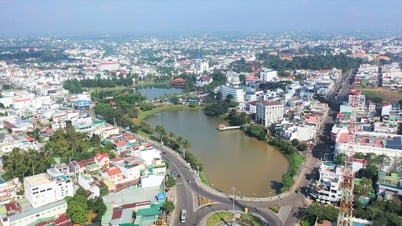

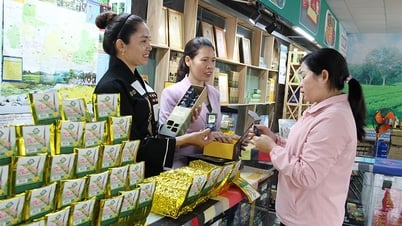

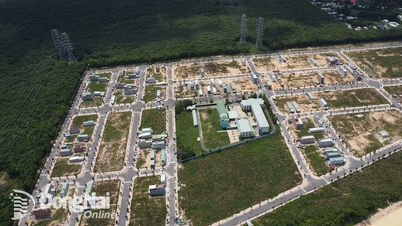

![[Photo series] Many Dong Nai products participate in the Southern Fruit Festival in 2025](https://vphoto.vietnam.vn/thumb/402x226/vietnam/resource/IMAGE/2025/6/1/dacb19003cee4155a6945db67914d9cf)








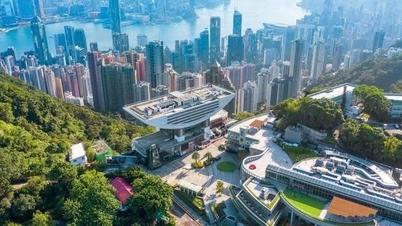
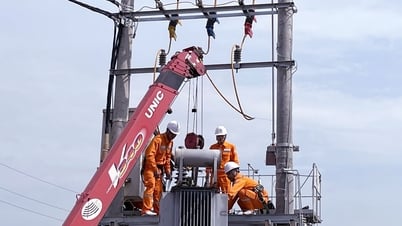

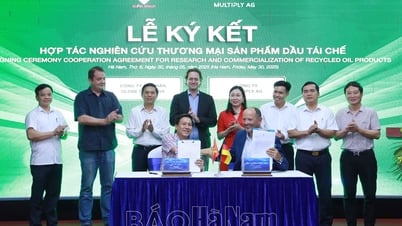
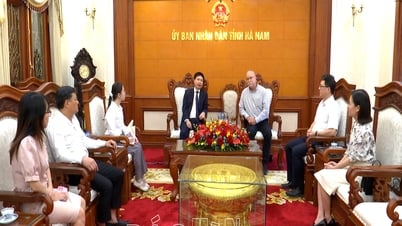














































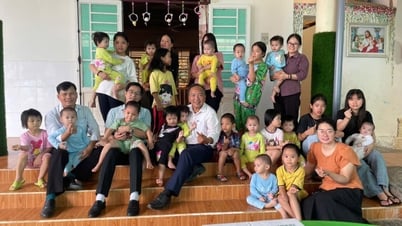
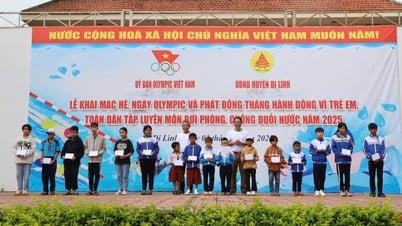


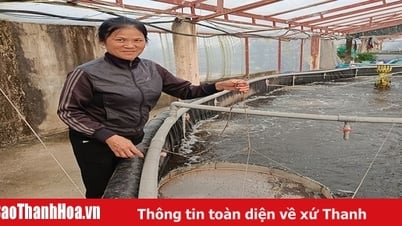













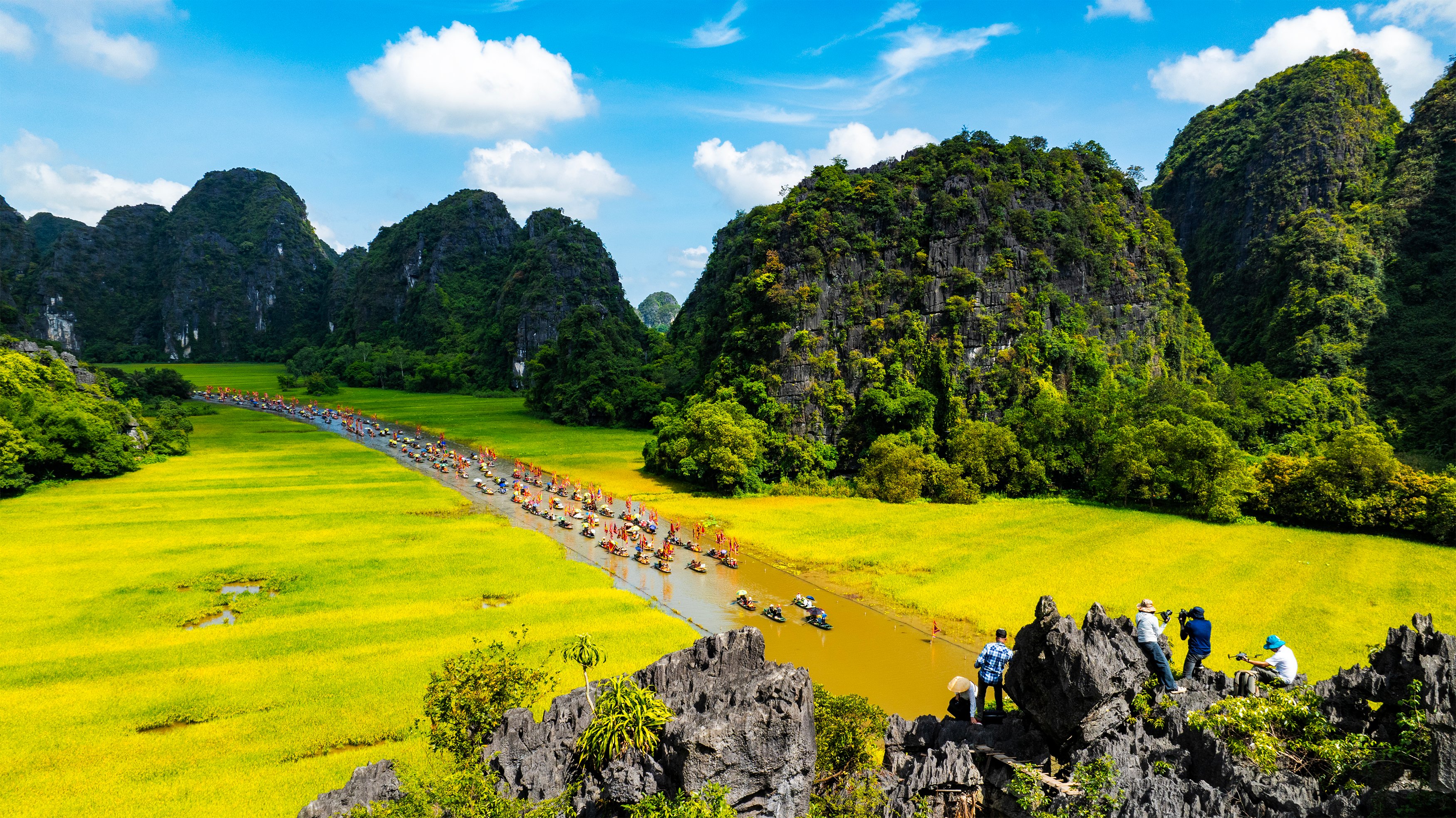



Comment (0)